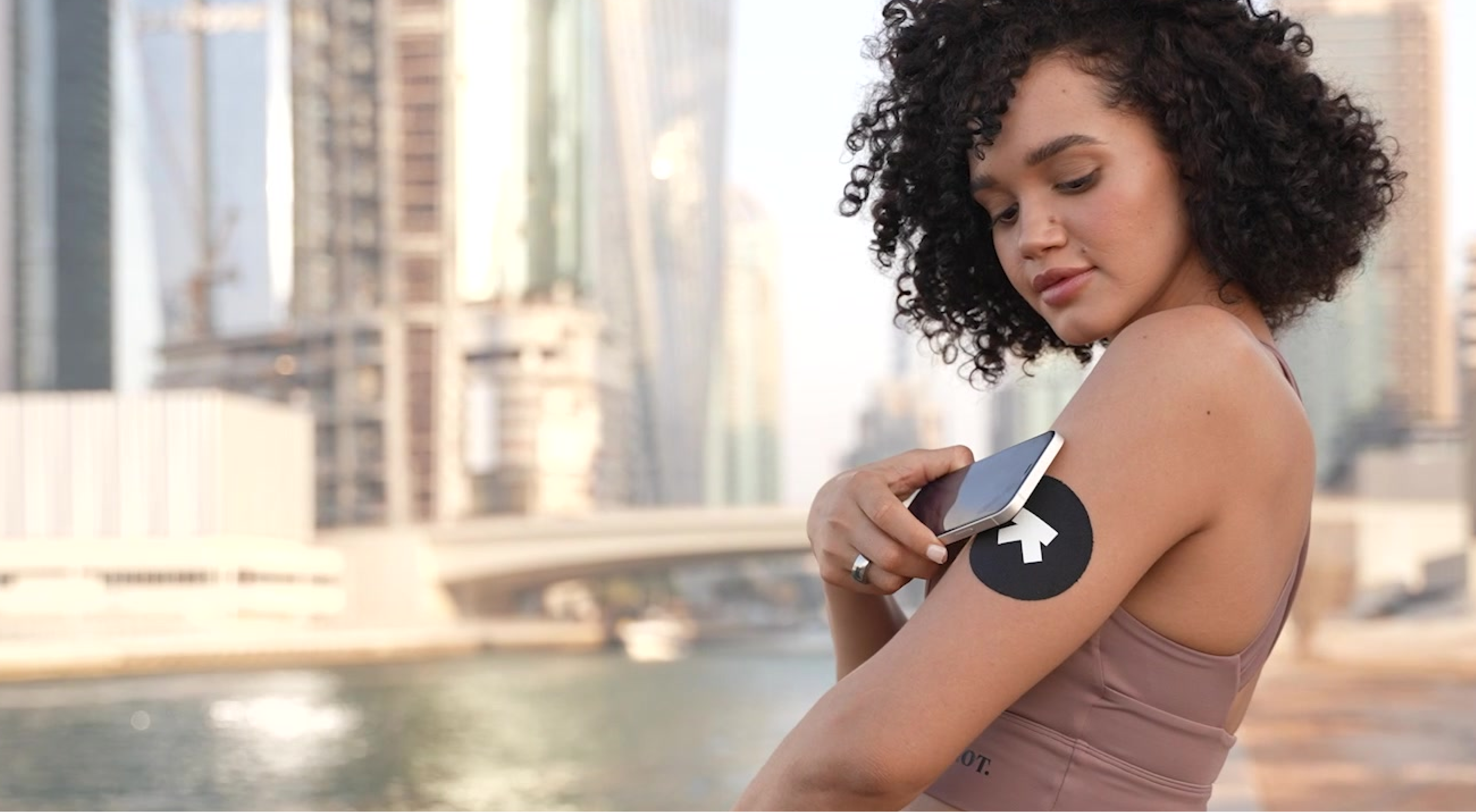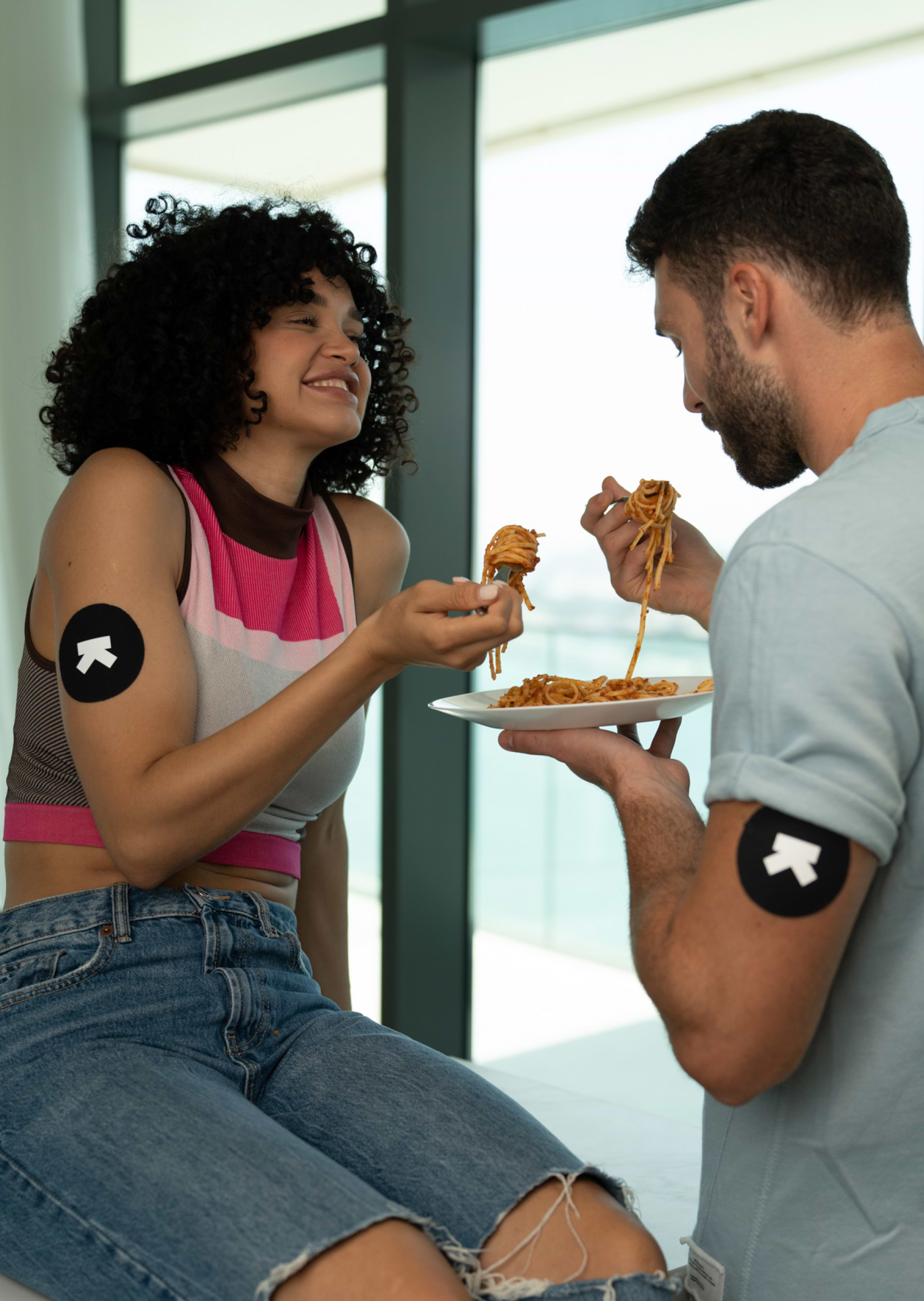
Plain Paratha (1 Piece) and Aloo Sabzi (100 G)
Dinner
166 mg/dL
avg. peak value
Usually causes a medium spike
Avg. Food Score on Ultrahuman App
Ultrahuman Users got an UNSTABLE response
How to consume Aloo Sabzi, Plain Paratha without glucose spikes
Portion Control
Reduce the portion size of the Aloo Sabzi and Plain Paratha to limit the carbohydrate intake, which can help in managing glucose levels.
Increase Fiber Intake
Add a side dish of mixed vegetables, such as spinach, broccoli, or green beans, to your meal. These are high in fiber and can help slow down the absorption of glucose.
Include Protein
Incorporate a source of lean protein, like grilled chicken or tofu, with your meal to help stabilize blood sugar levels.
Add Healthy Fats
Include a small serving of healthy fats, such as avocado or a handful of nuts, to your meal to slow down carbohydrate absorption.
Choose Whole Wheat
Instead of plain paratha, opt for whole wheat paratha, which contains more fiber and can help in managing glucose spikes.
Stay Hydrated
Drink a glass of water before your meal to help with digestion and potentially reduce post-meal blood sugar spikes.
Herbal Tea
Consider drinking a cup of unsweetened herbal tea after meals, which can aid in digestion and help moderate glucose levels.
Regular Exercise
Engage in light physical activity, such as a short walk, after eating to help your body utilize glucose more effectively.
Mindful Eating
Eat slowly and focus on your meal to allow your body to better regulate insulin and glucose levels.
Monitor Your Response
Keep track of how your body responds to different food combinations and make adjustments to your meals based on your observations.

Find Glucose response for your favourite foods
Explore OGDbDiscover
metabolic
health with M1
Ultrahuman M1 helps you measure the impact of food and activity on your body in real time through glucose as a biomarker.
Explore Ultrahuman M1Your cart is empty
Browse through our products and find something for you.

The concept of using CGM to guide your training and food plan is brilliant. The app is also very well laid out.
Rakannan - user since Jul 2021

I didn't follow any fancy diet, yet managed to educate myself around food, and built a sustainable & healthy lifestyle.
Athif Hasan - user since Sep 2021

Ultrahuman M1 has done what meal plans and diets have failed to do; make me better without all the restrictions.
Anwar Shai - user since Jun 2021
10% off on your first purchase
Subscribe to our WhatsApp for the latest updates and offers, and enjoy 10% off on your first purchase.